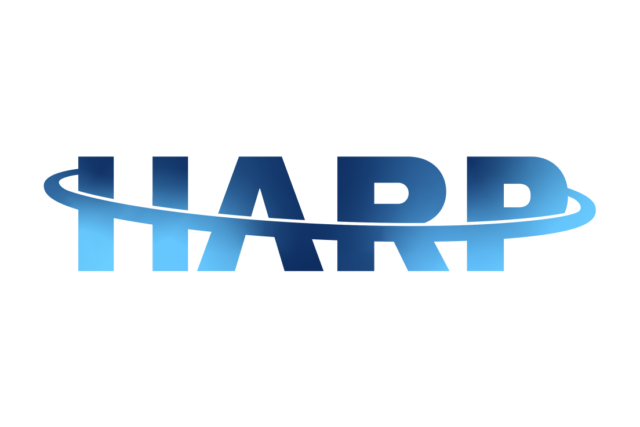To address a growing need for reporting airborne safety hazards, helicopter pilots now have a new website that allows for fast and easy reporting of near misses and other in-flight safety events.
The HAI Aviation Reporting Program (HARP) was developed by the association’s Operations Department specifically for helicopter pilots, with customized data fields for manned and unmanned rotary-wing operations. The program is accessible from any Web-enabled device.
HARP grew out of a discussion among members of the HAI Air Medical Services Committee. They felt there was not an effective system for prompt reporting of unmanned aircraft systems (UAS, or drone) activities that could threaten the safety of helicopter air ambulance operators.
HARP users can report events in these specific reporting categories:
- Drone/UAS event
- Accident/serious incident
- Near midair collision
- Wildlife strike/activity
- Laser event
- Other hazards.
Clicking on one of the six categories then directs users to the proper reporting source or guides them through a menu of questions or selections related to the event, capturing date, time, location, description, and other key data.
By using HARP, pilots experience the convenience of accessing several different reporting systems within one portal. If another reporting system already exists for the event, such as the NTSB one for accidents and incidents or the FAA’s for laser events, HARP connects pilots to that site.
“HARP is not intended to serve as a substitute for other public reporting systems or programs,” says Chris Hill, director of safety at HAI. “We encourage pilots to continue using any effective, responsive system they prefer for reporting hazardous conditions. The purpose of HARP is to provide a simple reporting portal that promptly guides users through the reporting steps and ensures that vital safety information is shared with stakeholder operators in the most expedient manner possible.
“HAI will handle all HARP submissions with the utmost care and respect for individual and operator privacy. We are working directly with NASA to develop strict protocols for secure processing and transfer of HARP submissions into NASA’s Aviation Safety Reporting System (ASRS),” adds Hill.
HARP submissions forwarded to the ASRS will retain 14 CFR 91.25 protections, which prohibit the use of ASRS reports in any disciplinary action, except for information concerning accidents and criminal offenses.
HAI staff is still working to improve HARP. The new program is essentially HARP 1.0, though it is far from a beta-test version of the program.
Source: Press Release

